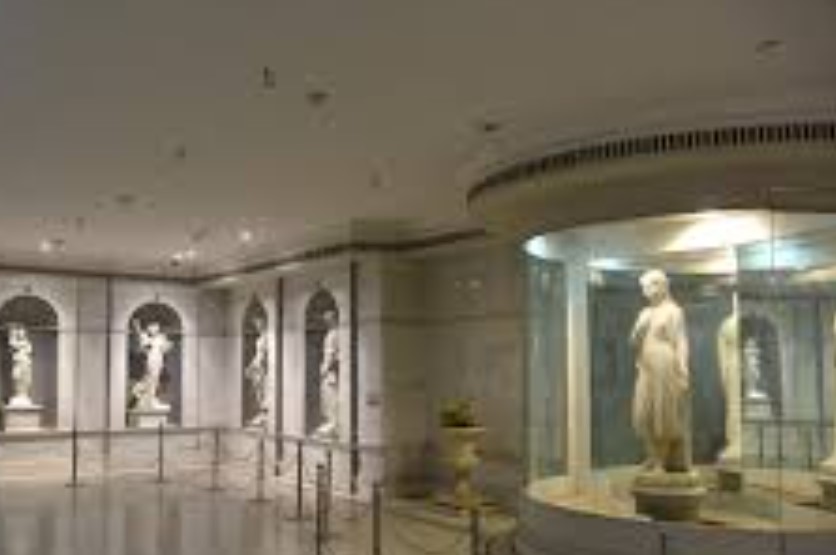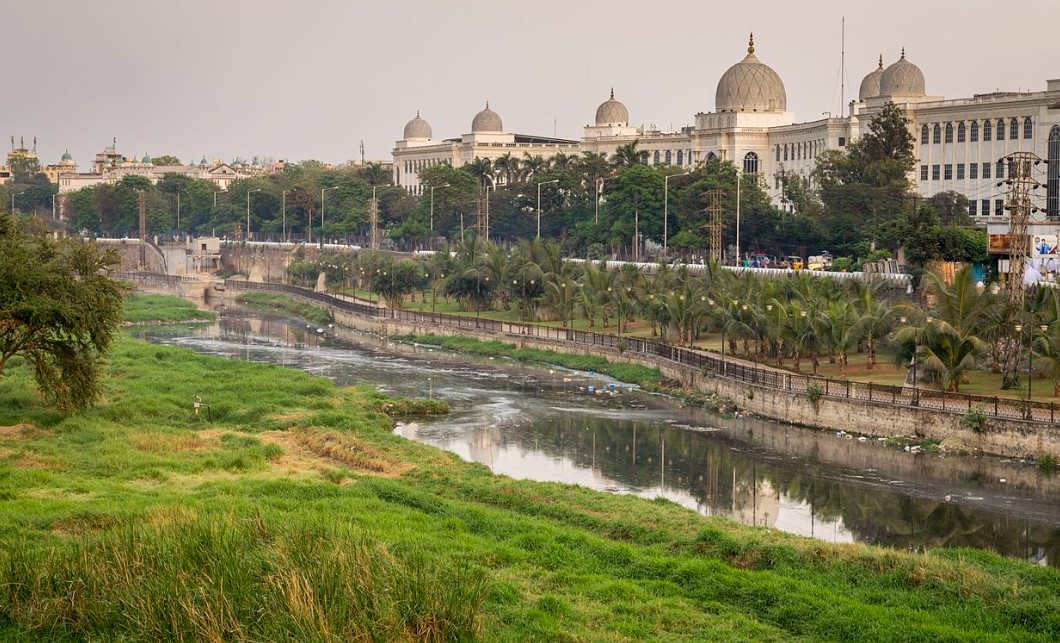The Salar Jung Museum, located in Hyderabad, India, is one of the country’s most prestigious cultural institutions.
Established in 1951, this museum houses an extensive and eclectic collection of art, artifacts, manuscripts, textiles, and sculptures, making it a must-visit for history enthusiasts and art lovers alike.
A Legacy of Passionate Collecting
The museum is named after Nawab Mir Yousuf Ali Khan, commonly known as Salar Jung III, who served as the Prime Minister of the Nizam of Hyderabad.
He was a passionate collector, amassing an impressive array of artifacts from across the globe.
His personal collection forms the backbone of the museum, which later expanded to include items from Salar Jung I and Salar Jung II, both of whom were also avid collectors.
Salar Jung III dedicated a significant portion of his life to collecting rare and valuable objects.
His passion was not limited to Indian artifacts; his collection includes treasures from Europe, the Middle East, and the Far East.
This diversity is what makes the Salar Jung Museum so unique, offering visitors a glimpse into the cultural and artistic heritage of various civilizations.
The Museum’s Rich Collection
Spread over 38 galleries, the museum’s collection is vast and varied. It boasts over 43,000 artifacts, 9,000 manuscripts, and 47,000 printed books.
The collection is divided into several categories, including Indian Art, Middle Eastern Art, Far Eastern Art, European Art, and Children’s Section, among others.
One of the most famous artifacts in the museum is the Veiled Rebecca, a stunning marble sculpture by the Italian artist Giovanni Maria Benzoni.

This masterpiece, which depicts the biblical figure Rebecca, is renowned for its intricate detailing, particularly the veil that appears almost transparent in marble.
The museum also houses a notable collection of European paintings, including works by celebrated artists such as Raphael, Rubens, and Van Dyck.
In addition to European art, the museum has an impressive array of Islamic art, including manuscripts, ceramics, and textiles.
The collection of Persian carpets and Middle Eastern furniture is particularly noteworthy.
The Far Eastern section features an extensive collection of Chinese and Japanese porcelain, bronzes, and jade, providing insight into the artistic traditions of these ancient cultures.
Cultural Significance and Visitor Experience
The Salar Jung Museum is not just a repository of art and history; it is a reflection of Hyderabad’s rich cultural heritage.
The museum is located on the southern bank of the Musi River, adding to its picturesque setting. The building itself is an architectural marvel, blending traditional and modern styles.
Visitors to the museum can explore the galleries at their own pace or take guided tours that provide deeper insights into the collection.
The museum also hosts temporary exhibitions, cultural events, and educational programs, making it a vibrant center of learning and cultural exchange.
The Salar Jung Museum is a testament to one man’s dedication to preserving the world’s artistic and cultural heritage.
Today, it stands as a symbol of Hyderabad’s cosmopolitan past, where cultures and civilizations from around the world converged.
Whether you are a history buff, an art enthusiast, or simply someone looking to explore the cultural richness of India, the Salar Jung Museum offers an unforgettable experience that transports you through time and across continents.

